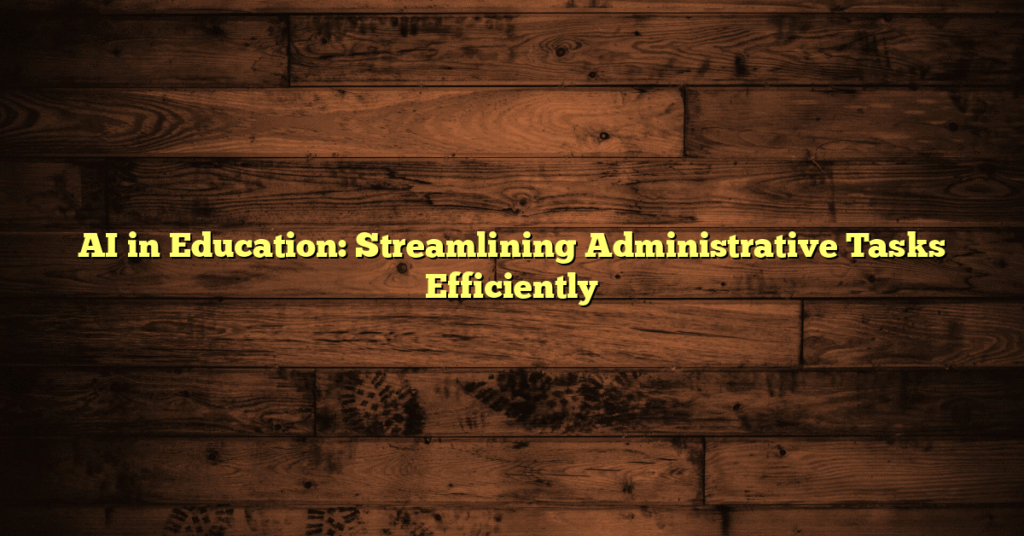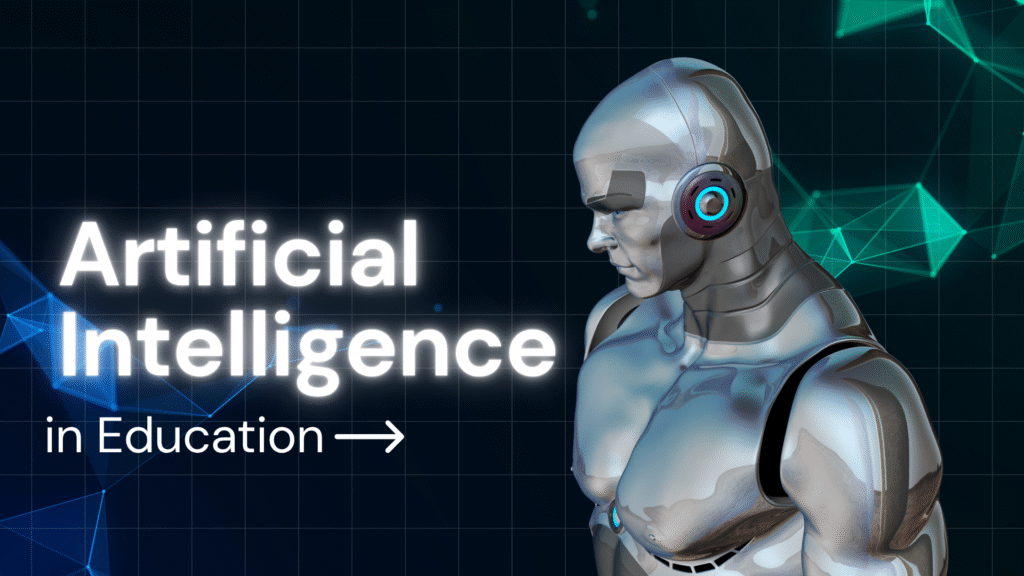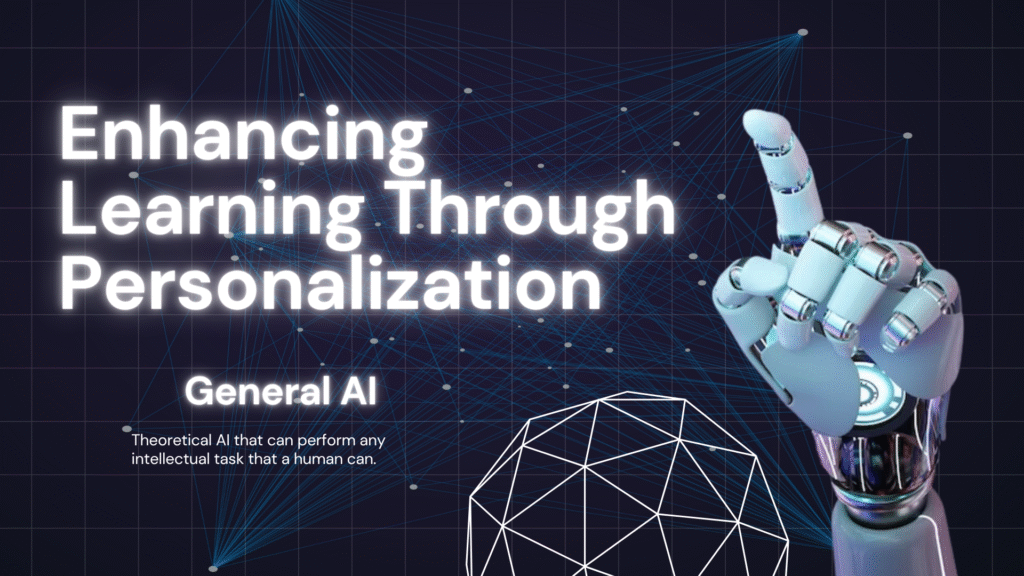In at the moment’s fast-paced world, expertise has permeated each side of our lives, and training is not any exception. As faculties, faculties, and universities grapple with administrative burdens that may detract from their core mission of instructing and studying, many are turning to synthetic intelligence (AI) as a beacon of hope. The transformative energy of AI in training presents a novel alternative—particularly in streamlining administrative duties. Think about a state of affairs the place educators can focus extra on partaking college students and fewer on paperwork. Let’s dive into how AI is making this a actuality.
Understanding the Position of AI in Training
AI in training goes past simply chatbots or digital assistants. It encapsulates a spread of applied sciences designed to boost studying experiences and enhance operational effectivity. From information evaluation to automated communication methods, the combination of AI can revolutionize how academic establishments function.
How AI Can Optimize Administrative Features
Administrative duties are sometimes repetitive and time-consuming. Listed here are some notable methods AI might help:
1. Automated Enrollment Processes
Enrollment could be a Herculean effort for any academic establishment. With conventional strategies, processing functions can take weeks, if not months. AI expertise can automate these processes, streamlining information administration. By using machine studying algorithms, faculties can shortly assess functions and predict scholar success based mostly on historic information. This not solely hurries up the enrollment interval but additionally reduces human error.
2. Clever Scheduling
Scheduling courses, exams, and sources is commonly a logistical nightmare. AI-driven scheduling instruments can analyze numerous parameters—like school availability and scholar preferences—to create optimum schedules. These functions can even adapt in real-time, permitting establishments to reply promptly to adjustments, equivalent to a last-minute school absence.
Enhanced Communication by way of AI
Efficient communication is essential in academic settings. Right here’s how AI can improve it:
1. Chatbots for FAQs
Think about a world the place college students can get prompt solutions to their queries. AI chatbots have gotten more and more well-liked in academic establishments because of this. They will deal with continuously requested questions, help with registration, and even assist college students with fundamental troubleshooting. Because of this employees can think about extra complicated inquiries and assist points that require a human contact.
2. Personalised Communication
AI can analyze information associated to scholar efficiency, preferences, and conduct. Faculties can make use of this information to tailor communication that resonates with particular person college students. This may very well be so simple as sending reminders for upcoming deadlines or as complicated as suggesting customized studying sources based mostly on a scholar’s distinctive studying journey.
Knowledge Administration and Insights
One of the vital helpful contributions of AI in training is information administration and analytics.
1. Pupil Efficiency Evaluation
AI instruments can observe and analyze scholar efficiency information in real-time. This enables educators to determine tendencies, strengths, and areas requiring intervention. Early warning methods might be established that alert educators when college students are vulnerable to falling behind, enabling well timed assist.
2. Predictive Analytics
Establishments can leverage AI to make future predictions based mostly on previous efficiency. This might inform selections about curriculum adjustments, useful resource allocation, and even school hiring. By figuring out patterns, faculties can proactively tackle potential points antes they escalate.
Operational Effectivity
On the crux of incorporating AI into academic establishments is the promise of operational effectivity.
1. Useful resource Allocation
With AI-driven insights, faculties can optimize their useful resource allocation. AI can predict enrollment fluctuations, serving to directors allocate sources extra successfully. From staffing to finances administration, these instruments allow extra strategic planning.
2. Monetary Administration
Administrative duties associated to monetary administration might be daunting, significantly with budgeting and grant functions. AI functions might help in forecasting bills, optimizing budgets, and even dealing with grant-related paperwork extra successfully. This may drastically cut back the executive workload, permitting monetary officers to focus on technique reasonably than trivialities.
Overcoming Challenges with AI Implementation
The implementation of AI in training shouldn’t be with out its challenges.
1. Knowledge Privateness Considerations
With nice energy comes nice duty. AI methods depend on huge quantities of knowledge to operate successfully, main educators to face information privateness considerations. Implementing stringent information safety measures is essential to making sure that scholar info stays protected.
2. Coaching and Adaptation
For educators and employees, adapting to AI instruments could require extra coaching. Establishments should put money into skilled growth to make sure that all employees members are outfitted to leverage these revolutionary instruments successfully.
The Way forward for AI in Training
The way forward for AI in training is shiny, with ongoing developments promising to make administration much more environment friendly. Because the expertise continues to evolve, we will count on higher integration of AI-driven instruments, from digital actuality in school rooms to superior analytics that predict scholar wants even earlier than they come up.
Conclusion: Shifting Ahead with AI
Incorporating AI in training, significantly concerning administrative duties, isn’t only a pattern; it’s a obligatory evolution in making training extra responsive and accessible. As faculties and universities overcome the challenges related to integrating these applied sciences, the advantages will grow to be more and more obvious.
In a world the place the calls for on academic establishments are ever-increasing, harnessing AI’s potential can unencumber invaluable time and sources. By automating mundane duties, fostering efficient communication, and bettering information administration, AI can empower educators to deal with what really issues: instructing and galvanizing the following technology of leaders.
For educators, directors, and decision-makers, embracing AI in training is not nearly maintaining with the instances; it is about stepping right into a future wealthy with prospects. The journey has simply begun, and those that seize the chance at the moment will undoubtedly prepared the ground tomorrow.



